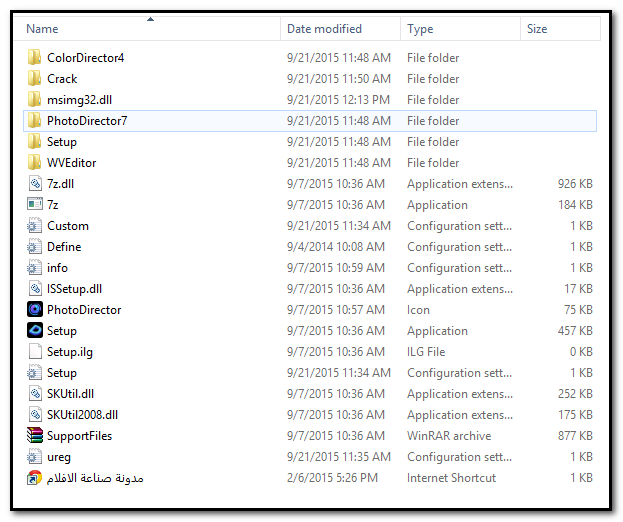

This window contains a list of color and tonal adjustments. By selecting the background image and clicking on the "Adjust Layer" button, a separate window will appear. Firstly, the background is too bright and blending into the image of the ballerina. The following steps are for refining the image. In both situations a drop-down menu will appear - select the "Rename Layer" and in this tutorial, we will name it "Ballerina". You can rename a layer by right-clicking on the layer or using the "Layer Option" button. It is a good practice to rename layers so that when the list becomes long, it will be easier to find the layer you are looking for. In this scenario, the black studio background is darker than the forest, hence the studio background is hidden. The Lighten mode brings out any pixel in the background that is lighter than the blended image. (If you are interested in blending modes, check out this blending mode tutorial.) In this scenario, using the "Lighten" mode is the best option to blend the images. This is an easy way to blend images together. Simply change the Blending Mode to "Lighten" and the black background will be removed. The ballerina photo was taken in the studio with a black background. Next, to add the image of the ballerina, click on the "Add Layer" button. Repeat the last step a couple of times to add more lamps to the background. Now, we will add more lamps by duplicating this layer and using the Move button to reposition and resize the lamp. So, we can simply reposition and resize the lamp on top of the background image of the forest. The image file of the lamp is in a PNG file format, meaning that the background is removed and transparent. In this example we will select the image of the lamp.
CYBERLINK PHOTODIRECTOR 7 SUITE HOW TO
(There will be other tutorials on how to use empty layers.)Ī window browser will be opened and here you can select an image to add on top of the background. In this example, we will add a photo layer. A drop-down menu will appear, giving you the option to add an empty layer or a photo layer. However, you can choose to preview/hide this layer, or make adjustments by clicking on the icons indicated below. Note that the background later is the basic later and it can not be deleted. The first image you select is the background layer. Select a background image, which in this example is the photo of the forest, then click on the "Layers" Module.

CYBERLINK PHOTODIRECTOR 7 SUITE DOWNLOAD
> Download (zip file, 80MB, Unzip the file first, and then import the file: ballerina_in_the_forest.phi)īelow is a tutorial that shows how this image was made. You can download the PHI file to see how to reposition the layers in PhotoDirector 7. Looking at it sideways, there is a background layer of the forest, and then 2 upper layers (one of the ballerina and one with the hanging lamps).Īs you can see, each layer is like a transparency. It looks like one flat image, but in fact it is comprised of 3 stacked image layers. Each stacked image acts like a printed transparency that can be adjusted and repositioned without affecting the other imagess. Simply put, a layer is an image stacked on top of another. First, let's get a basic understanding of what a layer is.


Plus, with the ability to save your project files in PhotoDirector's proprietary format, you can easily make further adjustments and editing later. The new Layers module is a powerful tool that allows you to perform special editing and compositing effects with your images.


 0 kommentar(er)
0 kommentar(er)
